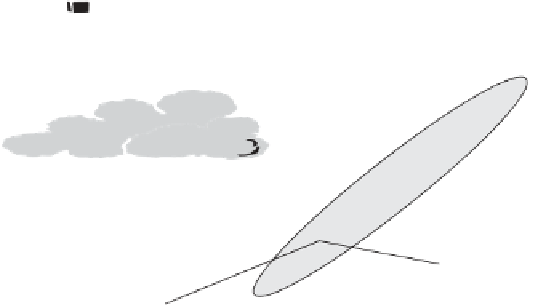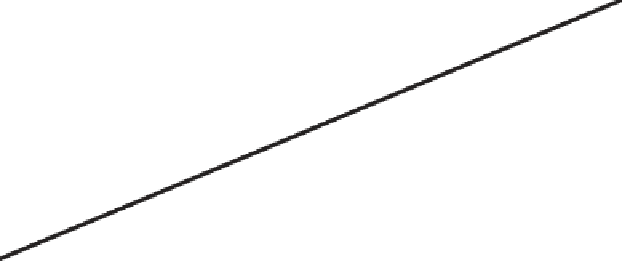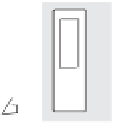Database Reference
In-Depth Information
EXTERNAL
USERS
CUSTOMERS
SUPPLIERS
DEALERS
DISTRIBUTORS
INTERNET
INTERNAL
USERS
EXECUTIVES
MANAGERS
ANALYSTS
SUPPORT STAFF
IT STAFF
Servers
Figure 19-4
Intranet and extranet.
Figure 19-4 illustrates the concepts of intranets and extranets. Note the firewall
and how information exchange takes places within and outside the firewall. Note
also how the Internet provides the means for data communications.
Let us summarize a few major benefits of intranets and extranets:
•
With a universal browser, users will have a single point of entry of information.
•
Minimal training is required to access information. Users are already familiar
with the use of a browser.
•
Universal browsers run on any computer system.
•
Web technology opens up multiple information formats such as text, images,
graphics, charts, audio, and video.
•
It is easy to keep the data content updated for access on the intranet and the
extranet. Usually, there will be one source for a particular piece of information.
•
Opening up limited corporate information on the extranets fosters better busi-
ness partnerships and improves customer service.
•
Deployment and maintenance costs are low compared to implementing com-
munications networks run on proprietary protocols. The Internet and the Web
are standardized.
WEB-DATABASE INTEGRATION
The Web is the cornerstone of electronic commerce. All you have to do is sign on
to the Internet and search for any product or service. You will get a huge list of busi-
nesses offering that product or service. It is hard to believe that, not long ago, any







































































































































Search WWH ::

Custom Search